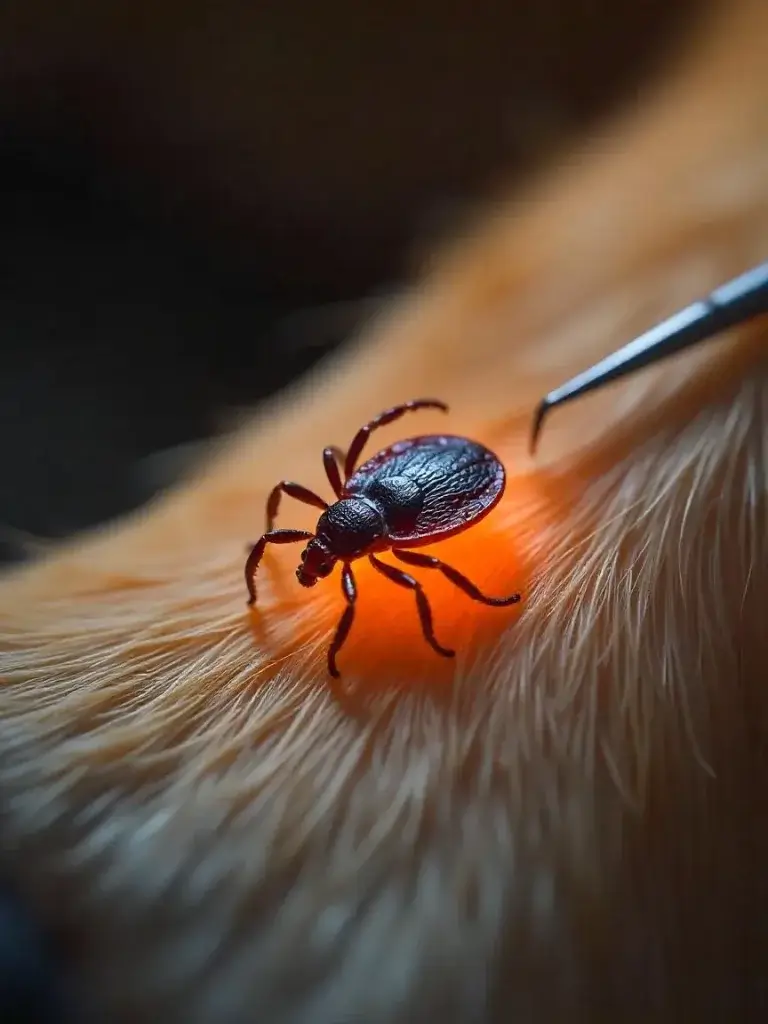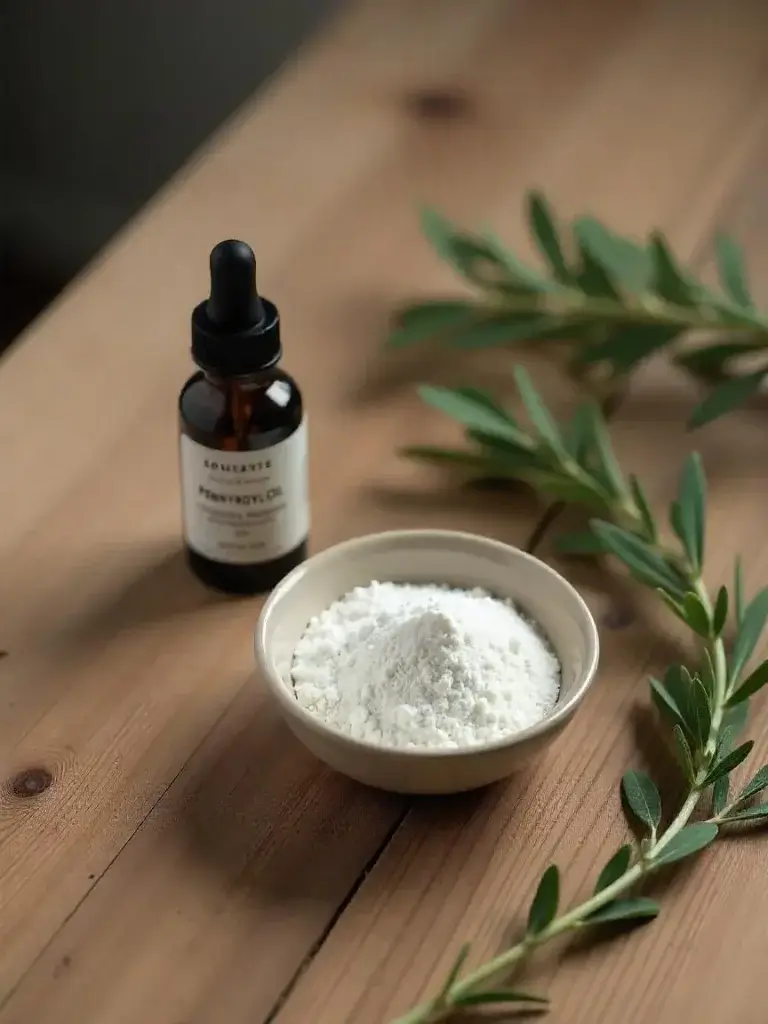Fleas and ticks are more than just a nuisance—they’re dangerous parasites that can harm your dog’s health, cause infections, and even transmit serious diseases. If you’re a dog owner, understanding how to prevent and treat fleas and ticks is not just helpful—it’s essential.
In this ultimate guide, we’ll explore everything you need to know to keep your pup flea- and tick-free—from understanding the life cycle of these pests to prevention tips, natural remedies, and when to seek professional help.
🐜 What Are Fleas and Ticks?
Fleas
Fleas are small, wingless insects that feed on your dog’s blood. They reproduce quickly—one flea can lay up to 50 eggs a day. Their bites cause itching, skin irritation, and allergic reactions.
Ticks
Ticks are arachnids (related to spiders) that latch onto your dog’s skin and suck blood. They are slower than fleas but are known to transmit Lyme disease, Ehrlichiosis, and Rocky Mountain spotted fever.
🚨 Why Fleas and Ticks Are Dangerous for Dogs
- Skin Infections: Constant scratching can cause wounds and bacterial infections.
- Anemia: A heavy infestation can lead to blood loss and anemia.
- Disease Transmission: Ticks can carry diseases harmful to both dogs and humans.
- Flea Allergy Dermatitis (FAD): A common allergic reaction in dogs.
- Tapeworms: Dogs can get tapeworms by ingesting infected fleas.
🔍 How to Spot Fleas and Ticks on Your Dog

Flea Detection
- Excessive scratching, biting, or licking
- Red bumps or scabs on the skin
- Flea dirt (tiny black specs) in the fur
- Hair loss, especially around the tail or neck
Tick Detection
- Feel for small lumps during petting
- Look in warm areas: ears, armpits, between toes
- Ticks can be as small as a pinhead (nymphs) or as large as a pencil eraser
🛡️ Best Prevention Strategies
Consistent Grooming
- Bathe your dog regularly with flea-repellent shampoo
- Use a flea comb daily, especially in warm months
Keep Your Yard Flea-Free
- Mow regularly and trim bushes
- Use yard-safe pest control sprays
- Keep wildlife (raccoons, rodents) out of your yard
Preventive Medications
- Monthly topical treatments (Frontline, Advantage)
- Oral tablets (NexGard, Bravecto)
- Flea collars (Seresto)
💊 Vet-Recommended Treatments
Topical Treatments
- Apply to the dog’s back of the neck
- Lasts up to 30 days
- Kills fleas on contact
Oral Medications
- Easy to administer
- Starts killing fleas within hours
- Some also protect against ticks and heartworms
Flea Collars
- Long-lasting (up to 8 months)
- Water-resistant options available
⚠️ Always consult your vet before starting a new treatment.
🌿 Natural Remedies That Work

Apple Cider Vinegar Spray
Mix equal parts ACV and water and spray on your dog’s coat to repel fleas.
Essential Oils
- Cedarwood, peppermint, and lemongrass oil are flea repellents.
- Dilute before applying to your dog.
Lemon Spray
Boil a sliced lemon in water, cool it, and spray onto the coat.
Diatomaceous Earth (DE)
- Sprinkle around your home and in dog bedding
- Kills fleas by dehydrating them
🐾 Related Articles You May Like
- Understanding and Treating Heartworm
- How to Keep Your Dog Safe During Holidays
- How to Handle a Dog with Special Needs
🧼 How to Treat a Flea or Tick Infestation
Step-by-Step Guide:
- Immediate Bath: Use flea shampoo with soothing ingredients.
- Comb Thoroughly: Use a flea comb to remove dead fleas and eggs.
- Vacuum Everything: Daily vacuuming removes fleas, larvae, and eggs.
- Wash Bedding: Use hot water and dry on high heat.
- Apply Treatment: Topical or oral medication
- Monitor Closely: Continue daily checks for a few weeks.
🏡 Cleaning Your Home and Environment
- Vacuum daily – especially carpets and furniture
- Steam clean if infestation is severe
- Use flea sprays on upholstery
- Flea bombs or foggers can be effective (use cautiously with pets)
🍂 Seasonal Prevention Tips
Spring and Summer
- High flea and tick season
- Use preventive meds monthly
- Avoid tall grass and wooded areas
Fall and Winter
- Don’t stop prevention – fleas can survive indoors
- Check your dog’s coat after walks
❓ Frequently Asked Questions
How often should I check my dog for fleas and ticks?
At least once a week, daily during flea season.
Are flea collars safe?
Yes, but buy vet-approved brands and avoid those with toxic chemicals.
Can indoor dogs get fleas?
Absolutely. Fleas can enter your home via humans, other pets, or open windows.
✅ Conclusion: Be Proactive, Not Reactive
Preventing and treating fleas and ticks in your dog is a year-round commitment. With the right combination of vet-approved treatments, natural solutions, and regular maintenance, you can keep your dog healthy and pest-free.
Share this article to help fellow dog owners—and keep all our pups happy and safe!
📌 Follow Us for More Pet Tips!
Stay updated with the latest dog care guides, natural remedies, and expert advice by following us on Pinterest and Facebook. Join our community of pet lovers today! 🐶❤️


